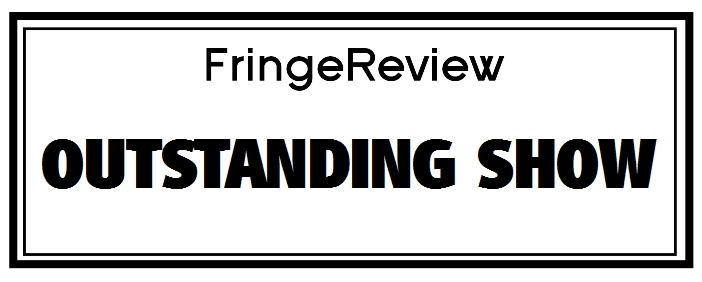Edinburgh Fringe 2010
Animal Farm
Guy Masterson

Genre: Mainstream Theatre
Venue: Assembly Rooms assemblyfestival.com/
Festival: Edinburgh Fringe
Low Down
Animal Farm, a novel written by George Orwell and first published in 1945, reflects the period of Russian history from the fall of the monarchy, through the rise of communism to the Stalin era. However, the book is also an allegory for the cyclical nature of politics and the damaging effects of bad leadership and ignorance of the masses. The latter meaning of the book is where Guy Masterson’s production takes off; it is packed with contemporary references to British politics and makes links to dictators and regimes throughout history, while still calling back to communist Russia. The production not only stays true to Orwell’s original masterpiece but genuinely (and sympathetically) adds to it allowing its relevance to blossom.
Review
This was a one-off performance requested by Assembly to celebrate their 30th Anniversary, in itself an indication of the high regard in which Masterson is held. There was an audience of two- or three hundred and the excitement was tangible: the last ever (ever, ever) performance of this famous rendition of Animal Farm. The show has a long history, being premiered at the Traverse theatre in 1995 and subsequently toured all over the world. Yet, in principle, it seems to have changed very little in that time; the stage is empty bar three hay bails in the centre and the performance takes the form of Mastserson hosting and narrating, acting and enacting, the entire book over two hours. Sounds like a recipe for disaster – one man, one book, two hours. However, as has been proven time and time again, this show is infinitely entertaining, utterly captivating and, in its own way, very poignant.
Masterson introduces the main characters at the beginning: Boxer, the hard-working, loyal horse who ultimately gets bitten by the system he has spent his life supporting; his companion Clover; Napoleon the cruel dictator (who is a pig of course) and his cronies and rivals, Snowball and Squealer. Each character has a unique voice and physicality which masterfully represents not only their animal qualities, but their human ones too. For example, to portray Clover, Masterson bends over, bows his head and shifts from foot to foot, just like Boxer. However, his in-turned knees and out-turned hands manage to betray the humble, bashful and gentle side to Clover’s character.
Over the course of the two hours Masterson commands the stage. He leaps, rolls, cartwheels, barks, grunts and bleats whilst effortlessly leading the audience along through the narrative and clearly presenting the underlying messages. The sounds effects are made by Masterson’s voice; to create the sound of group mutiny different snippets of his noises are played simultaneously creating a chaotic, rather creepy effect. The lighting design is equally effective, ranging from yellow and whitish general spreads to an intense red front light creating an iconic and propagandistic shadow of Masterson on the back wall. The technical elements were the only short fall of the show as there were several missed or incorrect sound and lighting queues. However, the nature of the performance allowed Masterson to easily progress from pig-dictator, to narrator, to actor, and the audience were all the more supportive and impressed for it. The show ended on a powerful image; Napoleon on the top hay bail, standing on two legs, with a grimace so hideous and pig-like as to send a collective shiver down the spine of the audience.
This was an excellent show, a true tour de force. Although it is a comic performance, Masterson leaves us with his interpretation of Orwell’s message which is anything but: keep vigilant, stay engaged, be smart because, if not, corruption and oppression will rear their ugly heads and get the better of us all.


















































